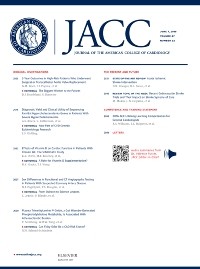 In June, Gene Emery, a journalist for Reuters Health, was assigned to write a story about an upcoming paper in the Journal of the American College of Cardiology, set to come off embargo and be released to the public in a few days. Pretty quickly, he noticed something seemed off.
In June, Gene Emery, a journalist for Reuters Health, was assigned to write a story about an upcoming paper in the Journal of the American College of Cardiology, set to come off embargo and be released to the public in a few days. Pretty quickly, he noticed something seemed off.
Emery saw that the data presented in the tables of the paper — about awareness of the problem of heart disease among women and their doctors — didn’t seem to match the authors’ conclusions. For instance, on a scale of 1 to 5 rating preparedness to assess female patients’ risk (with 5 being the most prepared), 64% of doctors answered 4 or 5; but the paper said “only a minority” of doctors felt well-prepared (findings echoed in an accompanying press release). On Monday June 19, four days before the paper was set to publish, Emery told the corresponding author — C. Noel Bairey Merz, Medical Director of the Women’s Heart Center at Cedars-Sinai in Los Angeles — about the discrepancy; she told him to rely on the data in the table.
But the more Emery and his editors looked, the more problems they found with the paper. They alerted the journal hours before it was set to publish, hoping that was enough to halt the process. It wasn’t.
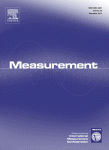
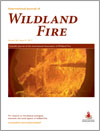
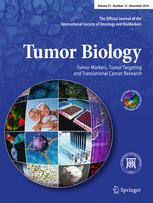 A company that indexes journals — thereby assigning them impact factors — has chosen to delist a cancer journal after it
A company that indexes journals — thereby assigning them impact factors — has chosen to delist a cancer journal after it 
 A journal has retracted
A journal has retracted 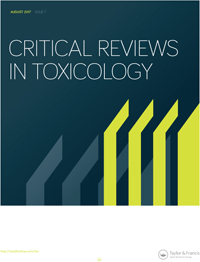 Peer reviewers, like authors, are supposed to
Peer reviewers, like authors, are supposed to 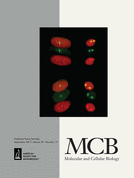 A biology journal has issued a correction to a 2014 paper by a researcher with 11 retractions, citing “inadvertent errors” that don’t affect the conclusions.
A biology journal has issued a correction to a 2014 paper by a researcher with 11 retractions, citing “inadvertent errors” that don’t affect the conclusions. Last week,
Last week, 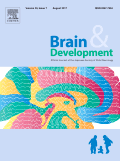 Publishing giant Elsevier has retracted an entire issue of one of its journals because the contents — abstracts from a conference about child neurology — were never supposed to make it online.
Publishing giant Elsevier has retracted an entire issue of one of its journals because the contents — abstracts from a conference about child neurology — were never supposed to make it online.